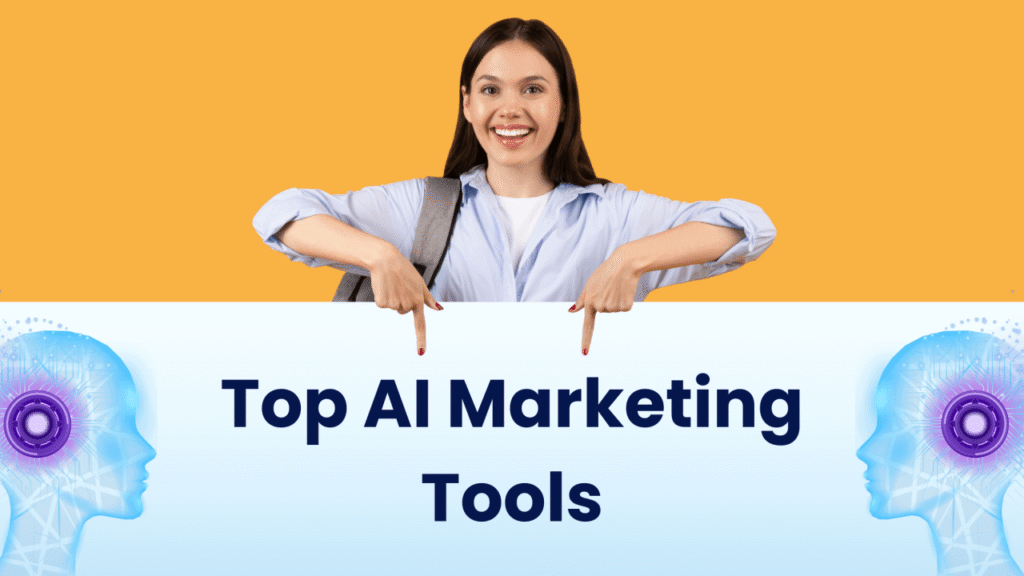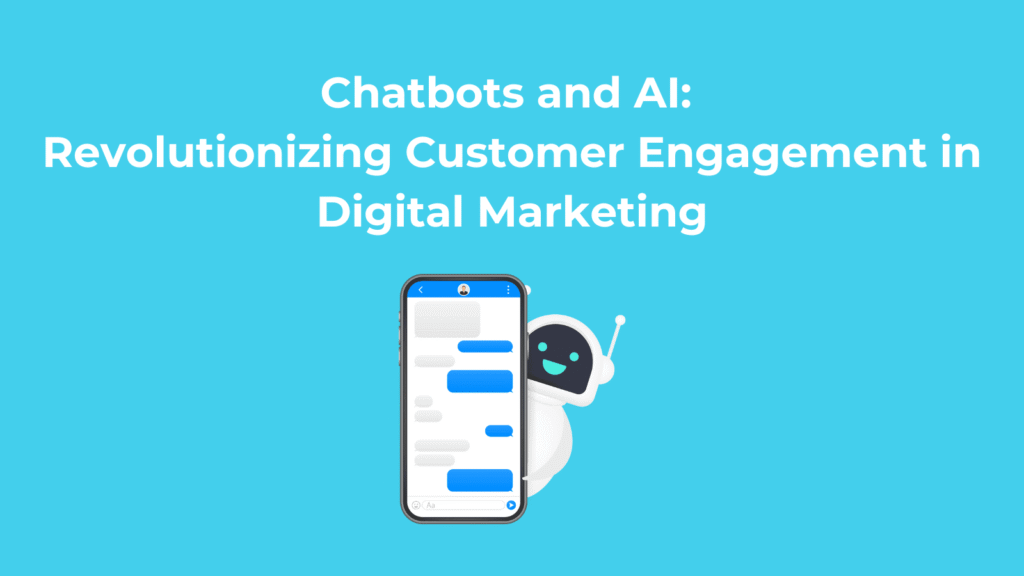Email marketing has been around since the 1970s, but it wasn’t until the digital boom of the 2000s that it became a staple for brands to connect with customers. Initially, campaigns were mass-sent with no segmentation or personalization, often leading to spam complaints and low engagement.
Fast forward to today, and the landscape has changed dramatically. Artificial intelligence (AI) has reshaped the way marketers approach email — replacing guesswork with data-driven strategies, manual segmentation with predictive analytics, and static messages with dynamic personalization.
Traditional Email Marketing Limitations
Before AI, marketers faced several challenges:
- Limited personalization capabilities
- Manual list segmentation
- Guesswork in subject lines and send times
- Slow A/B testing cycles
- Poor open and click-through rates
The Rise of Intelligent Automation
AI introduced a smarter way to do email. It automates repetitive tasks, learns from customer behavior, predicts outcomes, and delivers more relevant content at the perfect time. This shift has allowed marketers to engage users in ways never possible before.
What Are AI-Powered Email Campaigns?
AI-powered email campaigns leverage artificial intelligence and machine learning to make email marketing more efficient, effective, and personalized. These systems can analyze vast amounts of data, learn from patterns, and optimize every step of the campaign lifecycle.
Machine Learning and Predictive Analytics
Machine learning enables email systems to predict future actions based on past behaviors. For example, AI can anticipate when a user is likely to open an email or click on a link, allowing for optimized scheduling and content targeting.
Natural Language Processing in Content Creation
AI tools like GPT (Generative Pre-trained Transformer) use natural language processing (NLP) to write compelling subject lines, headlines, and even body content. These tools can mimic human tone, analyze engagement metrics, and refine copy for better results.
Benefits of AI in Email Marketing
Hyper-Personalization at Scale
AI analyzes user behavior, demographics, purchase history, and preferences to tailor content uniquely for each subscriber. This level of personalization boosts engagement and drives conversions.
Enhanced Deliverability and Open Rates
By learning which words trigger spam filters and which subject lines resonate with users, AI increases the chances that your emails land in the inbox — and get opened.
Time Optimization and Send-Time Predictions
AI identifies the optimal time to send emails to each subscriber based on their historical interaction data, improving open rates and reducing unsubscribes.
Key Features of AI Email Marketing Tools
Smart Segmentation and List Management
AI can automatically segment users based on behavior, preferences, and lifecycle stage, making it easier to send relevant content to the right audience.
Automated A/B Testing
Instead of waiting days or weeks to compare versions, AI runs multiple tests simultaneously, analyzes results in real-time, and automatically selects the winning variation.
Dynamic Content and Real-Time Updates
Emails can be dynamically updated at the moment they’re opened. For instance, an e-commerce brand can show real-time product availability or pricing within the email itself.
Leading AI Email Marketing Platforms
Mailchimp & Smart Recommendations
Mailchimp uses AI to suggest optimal subject lines, segment audiences, and recommend send times, helping marketers optimize without manual guesswork.
ActiveCampaign & Predictive Actions
With features like predictive lead scoring and automated workflows, ActiveCampaign uses AI to trigger the right message at the right moment in the buyer journey.
HubSpot’s Smart Send
HubSpot uses behavioral triggers and smart send times to automate drip campaigns, lead nurturing, and customer re-engagement.
Real-World Success Stories
Netflix’s Engagement Boost
Netflix uses AI to personalize emails with show recommendations based on watch history. This tactic has significantly increased engagement and subscriber retention.
Sephora’s Beauty Insider Emails
Sephora sends AI-curated product suggestions and beauty tips based on past purchases, resulting in higher click-through rates and customer loyalty.
Best Practices for Implementing AI in Email Marketing
Start Small, Scale Strategically
Begin with simple use cases like optimizing subject lines or send times. Once you see success, expand into deeper personalization and automation.
Maintain a Human Touch
While AI can do a lot, empathy, humor, and brand voice still matter. Blend automation with authentic human messaging.
Ensure Data Privacy Compliance
AI systems rely on user data. Make sure your campaigns are compliant with regulations like GDPR and CCPA to avoid legal pitfalls and build trust.
Conclusion
AI-powered email campaigns are no longer a futuristic concept — they’re the new standard. These tools make email marketing smarter, faster, and better by automating tedious tasks, enhancing personalization, and delivering measurable ROI. Whether you’re a small business or an enterprise brand, embracing AI in your email strategy can unlock new levels of engagement, loyalty, and growth.


